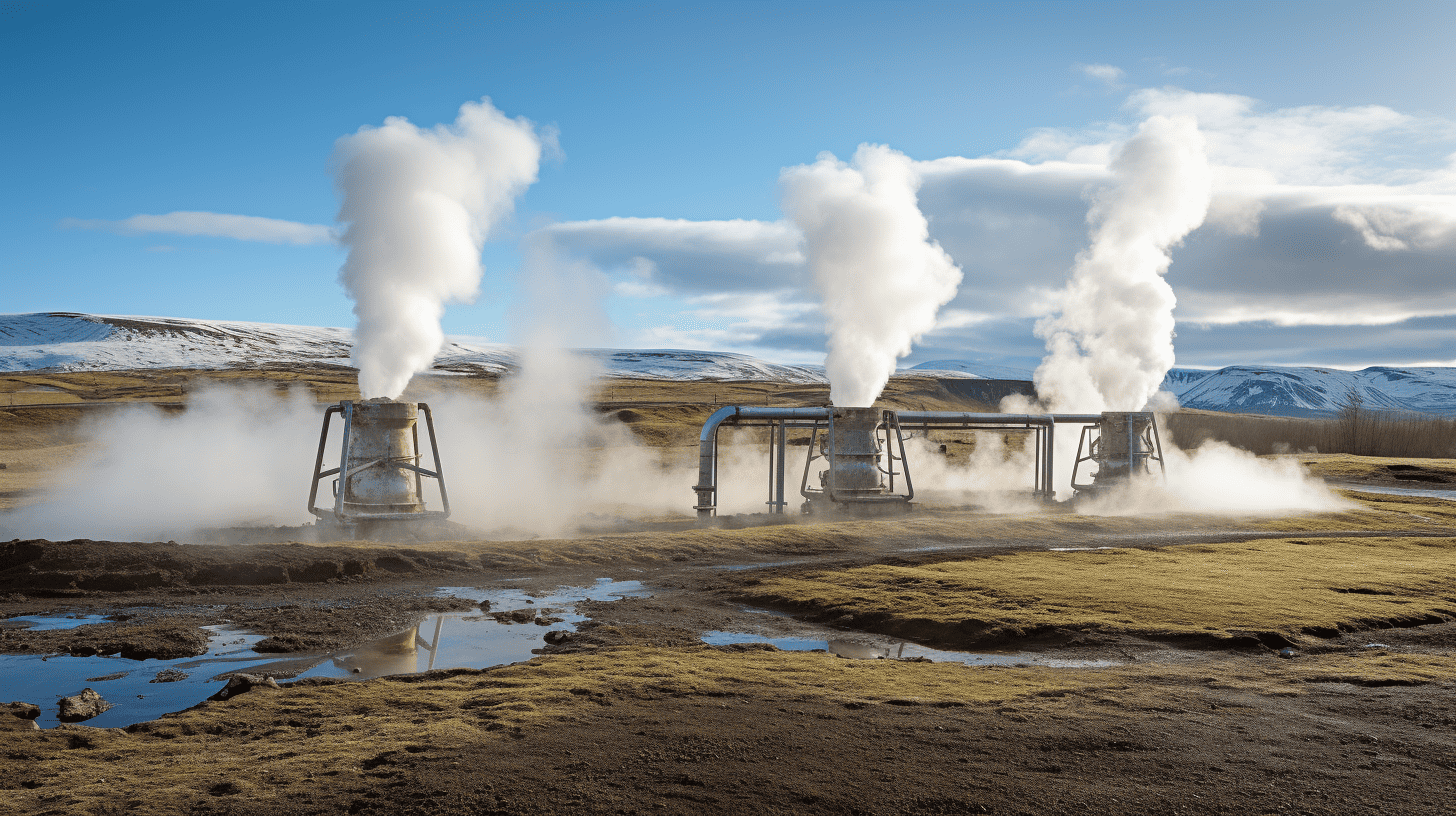
Which Dutch city centers suffer the most from heat islands on hot summer days? This column tries to find an answer to this question with the help of the ECOSTRESS data provided by NASA, where ground temperature data in areas measuring 70 by 70 meters can be sought. For several months, these super-local measurements are also available for the Netherlands. A new episode is published every Tuesday and Friday, featuring three new city maps. Read the other episodes of this series here.
It is important to point out that ground temperature, by definition, behaves in a more extreme way than the air temperature that we are familiar with from weather maps. This is because meteorologists measure these values at a height of one-and-a-half meters above a grass field. On a sunny summer day like Friday, August 12, it is almost always hotter near the ground surface than on the weather maps provided by the KNMI. This difference is highlighted in the frame below right. Have you forgotten how warm it was at your place on that day? Below is a weather map as a reminder that show the official maximum (air) temperatures.

Today, we take a look at three cities that are located along the water. Nijmegen, for example, is inextricably linked to the Waal River, while Leiden has numerous historic and picturesque canals, and a century or so ago, only fish lived on the stretch of seabed where Almere now stands. Will this trio be able to keep its cool during heat waves? We start with the largest city in the province of Gelderland.

Nijmegen
Good news for anyone who cherishes a rivalry with Arnhem, which was already covered in episode two. Nijmegen seems to be coping considerably better with the heat than their neighbors to the north on the Rhine. Still, there are a few spots inside the city center where, according to the NASA satellite, the paving stones rose to above 45°C on August 12. This happens here in the middle of the shopping area where Plein 1944 intersects with the Broerstraat. It is also quite hot in the surrounding streets compared to the rest of the city center.



For the rest, the Nijmegen locals seem to have their affairs reasonably in order. The grass in Kronenburg Park is cooler by up to 7 °C than in the shopping streets. For those who find a temperature of 39 °C too hot, the Waal beaches to the north seem to offer a safe haven. Ground and air temperatures here barely differ from each other. And although Nijmegen, with its eastern location, is often among the hottest places in the Netherlands in summer, cities like Groningen and The Hague heated up much more intensely than they did here.
The residential areas around the center show a relatively stable picture with readings of between 41 and 43 °C. That’s not impressively cool, but compared to other cities, the number and size of heat islands in Havanna on the Waal is not so bad, according to the algorithm of the American space agency. This city will not make the national top ten in this column.
Almere

So, the youngest city in our country then: Almere. No historic city center here, but there are extensive green areas between all the residential neighborhoods. Those who enjoy living in a city, but don’t want to live all together in one big clump, will find that this is the place to be. Does its location alongside the IJsselmeer and the modern design plan from the second half of the last century have a cooling effect on hot August days? Definitely. As in Nijmegen, there are only a few spots in the city center where temperatures exceeded 45°C. But it also remained about one-and-a-half degrees cooler here according to the KNMI.
Still, it is somewhat surprising that Hospitaaldreef, where the local hospital is, shows the highest values in the city center. Metropolestraat and Koopmansstraat also seem to warm up a few degrees more than the surrounding areas. All the same, extensive problem areas such as those in Groningen, The Hague or Enschede basically don’t happen here.
The difference between the center of Almere and the surrounding residential areas is stark. The lion’s share of the ‘cauliflower’ and ‘Vinex’ neighborhoods seem to have been designed for a hotter future. This is also clearly visible on the map in the houses along the waterside and by the many green areas, which indicate lawns, city parks and gardens.
With temperatures between 36 and 39 °C in most places, heat stress is definitely not all that bad here. In the Hannie Schaft Park, the temperature rises by up to four degrees, so you can tentatively draw the conclusion that Almere seems to be one of the “better kids in the class”. But that’s not all that surprising given that this city is only a few decades old.

Leiden
Do cities with quaint old streets suffer from any disadvantages compared to Almere? The Sleutelstad (‘Key City’) proves that you can also keep the sweltering heat out in a centuries-old center. It is a world of difference compared to The Hague, just down the road. It seems that none of the cities in this fourth episode belongs to the ‘problem cases’ for urban planners and heat-hating residents.
On the whole, the picture is somewhat similar to Utrecht, with one outlier behind the train station being the Leiden University Medical Center, where it heated up to 46.8 °C on the roof, according to the NASA data. Still, there doesn’t seem to be a broiling oil slick here, judging by the surrounding parking lots and square. A few modest heat islands are visible within the canals east of the Roze Vosbrug, around the Noord Rundersteeg, and near the stores in a section of the Haarlemmerstraat. Nevertheless, in most places, the situation remains reasonably under control.
While the inner city canals do not really provide any cooling here, the wider canals which have plenty of parks and greenery around them are doing a lot better. It was on average 3 to 4 °C cooler on the ground on the fringes of the city center. The only place in the Hague city center where this was also the case was mentioned in episode 2, by way of the garden at Noordeinde Palace. This regal cooling effect can be attained anywhere along the canals, ten kilometers to the north.
Another noticeable similarity to Utrecht just to round things off? It turns out that in Leiden, too, the grounds of an old observatory by the waterside is the coolest spot in the inner city.
Top of the class?
Does being located near a river, lake or canal have a positive influence? Although none of the three cities of Nijmegen, Almere and Leiden are completely heat island-free, they are doing quite well compared to the cities of the first three episodes. The deep red zones seem to be limited and nowhere did a heat record crop up that was good enough for the top ten of this column. That remains unchanged this time around.
Will the international port city that stars in episode five manage to do that? You can read the answer to that on IO this Friday.
Did you miss an article? You can read the debut column of this series starring Enschede here, and this is a link to issue two which features Arnhem, Eindhoven and The Hague, and this link directs you to episode 3 which features Tilburg, Utrecht and Groningen.
Last but not least, here is a breakdown of all the cities covered so far, sorted in order of the highest heat peak measured in the inner cities. Which of these ten knows how to keep their head the coolest?

















